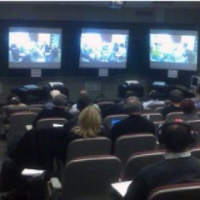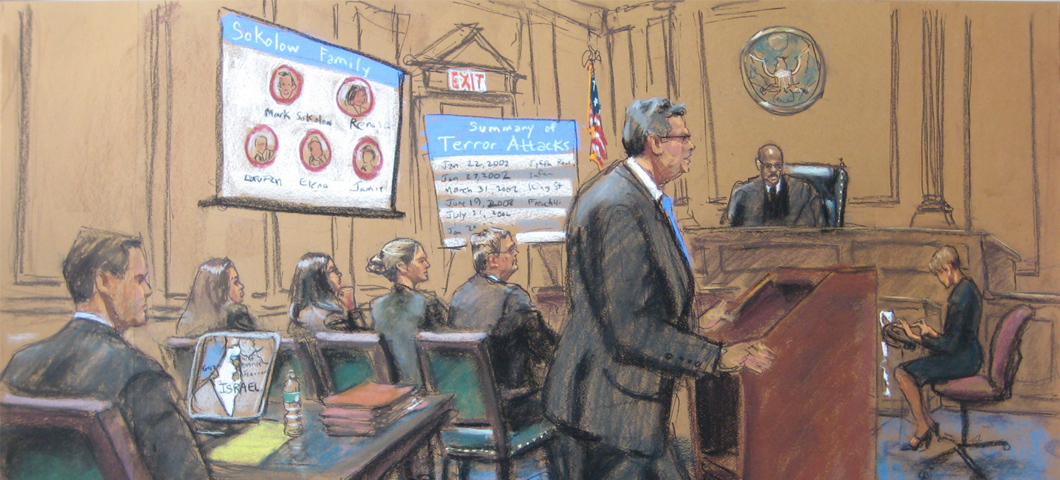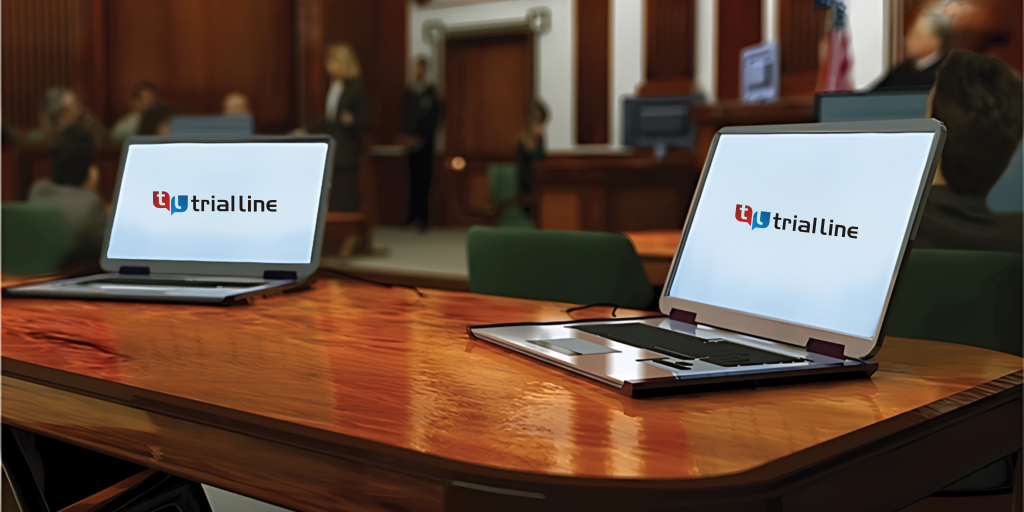The Role of Visual Aids in Creating Powerful Trial Presentations
The Role of Visual Aids in Creating Powerful Trial Presentations
Blog Article
The Power of Visuals in Trial Presentations for a Winning Disagreement
The integration of visuals in test presentations has actually arised as a critical variable in properly communicating complex debates to jurors. By using various forms of aesthetic aids-- be it diagrams, photos, or computer animations-- attorneys can boost understanding and retention, inevitably forming the court's perception of the case.
Relevance of Visuals in Trials
In many lawful setups, visuals play a crucial role in boosting the effectiveness of trial presentations. The combination of aesthetic elements can substantially influence jurors' understanding and retention of complex information, consequently shaping their assumptions and decisions. Visuals, such as graphes, representations, and photos, can streamline complex stories, making them extra available and compelling.
Moreover, the human brain processes visual information extra efficiently than message, which highlights the relevance of incorporating visuals into lawful disagreements. By equating thick lawful ideas right into visual styles, lawyers can assist in clearer interaction, making sure that bottom lines are not neglected throughout tests.
Furthermore, visuals offer to engage jurors on a psychological level, cultivating a link to the case that words alone may stop working to accomplish. The strategic use visuals can stimulate empathy, prompting jurors to take into consideration the human aspects of the case.
Inevitably, the importance of visuals in tests lies in their capability to boost clearness, enhance juror involvement, and enhance the story being offered. This potent combination is essential for crafting influential arguments that reverberate with jurors and influence the end result of legal proceedings.
Kinds Of Visuals to Use
Effective test presentations can significantly take advantage of a selection of aesthetic tools that satisfy different aspects of the situation. trial presentations. Utilizing representations and graphes can efficiently break down intricate details, making it a lot more digestible for jurors. Flowcharts can show the series of events, while bar charts may succinctly contrast relevant information points.

Animations and simulations can likewise play a crucial duty, especially in cases including technological data or complex circumstances. These visuals can dynamically stand for processes or activities, providing clarity and involvement that fixed images might not achieve.
Moreover, infographics integrate text and visuals to sum up important information effectively. They can offer timelines, stats, and significant situation factors in a visually enticing way, making it less complicated for jurors to comply with the debate.
Enhancing Comprehension and Retention

Enhancing comprehension and retention during test discussions is vital for making sure that jurors understand the necessary components of a case. Visual help work as effective tools in this respect, converting complex information right into easily digestible styles. By making use of graphes, representations, and infographics, lawyers can simplify intricate information and highlight bottom lines that may otherwise be neglected.
Studies have shown that people keep information significantly better when it exists aesthetically. This is especially important in a trial setting, where jurors might be overwhelmed by the volume of proof and testament. By strategically including visuals, attorneys can route jurors' interest to the most essential elements of the instance, enhancing their understanding and memory of the material presented.

Producing Involving Discussions
Fascinating jurors' attention during trial presentations is essential for sharing a compelling narrative. Engaging discussions take advantage of aesthetic aspects to create an unforgettable experience that resonates with jurors. The strategic usage of graphics, computer animations, and videos can illuminate complicated info, making it a lot more easily accessible and relatable.

Additionally, integrating storytelling strategies can improve engagement. Providing proof in a sensible sequence that develops sob story enables jurors to connect with the material on an individual degree. Diverse discussion formats, such as including short video or interactive elements, can likewise sustain rate of interest and interest throughout the test.
Ultimately, an interesting presentation cultivates a more profound understanding of the instance, enabling jurors to much better appreciate the debates existing and causing an extra desirable outcome.
Study and Success Stories
Many study highlight the substantial influence of visuals in trial presentations, demonstrating their ability to affect juror understandings and eventually the outcomes of instances. A notable instance including a personal injury case showed just how the usage of a 3D animation of the crash scene cleared up intricate details. Jurors reported feeling more educated and understanding, substantially swaying their choice for the complainant.
In another circumstances, a business lawsuits case used infographics to existing economic data and timelines, making complex info accessible. The graph made it possible for jurors to grasp the nuances of the case more effectively than verbal explanations alone. trial presentations. Therefore, the jury returned a decision that went beyond the client's expectations
In addition, a criminal protection case utilized photos and video clip proof to develop an alibi. More Help The compelling visuals not only assisted in developing doubt however also resonated emotionally with jurors, causing a pardon. These success tales emphasize the need of incorporating visuals right into test presentations, as they improve understanding, retention, and eventually, the influential power of legal arguments. The calculated usage of visuals is without a doubt transforming the landscape of trial advocacy.
Final Thought
Finally, the strategic consolidation of visuals in trial presentations substantially enhances jurors' understanding and retention of complicated details. By utilizing various sorts of visuals, attorneys can successfully make clear bottom lines and foster emotional connections with the target market. Engaging presentations, supported by compelling study, demonstrate the extensive influence that visuals can carry persuasive communication. Inevitably, the power of visuals works as an essential component in achieving positive trial results.
Report this page